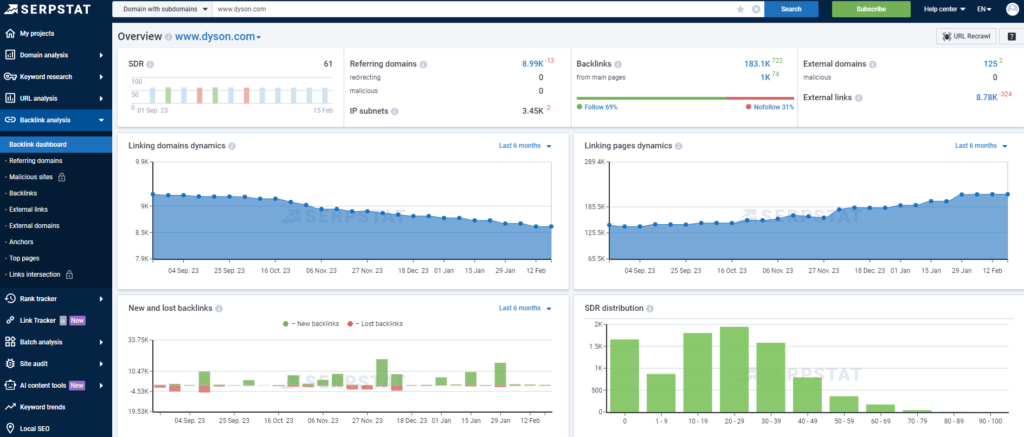1. Use Descriptive Filenames
Before you even get to the image description, start with the image filename. Use relevant keywords that describe the image content. For example, instead of using a filename like IMG_1234.jpg, rename it to something more descriptive, like sunset-over-ocean-photography.jpg.
2. Write Clear and Concise Alt Text
Alt text (alternative text) is essential for SEO and accessibility. It provides context to search engines and helps visually impaired users understand the content of the image. Here are some tips for writing effective alt text:
- Be Descriptive: Describe the image clearly and concisely. Include relevant keywords but avoid keyword stuffing.
- Keep It Short: Aim for 125 characters or fewer, focusing on the most important aspects of the image.
- Avoid Redundancy: Don’t start with “image of” or “picture of.” Simply describe what’s in the image.
Example: Instead of “Image of a beautiful sunset,” use “Vibrant orange sunset over the ocean with silhouettes of palm trees.”
3. Create Engaging Captions
Captions provide additional context to the images and can improve user engagement. Here’s how to write effective captions:
- Tell a Story: Use the caption to tell a story about the image. This can include details about the location, the subject, or the emotion conveyed.
- Include Keywords Naturally: Incorporate relevant keywords related to your photography style or the specific image, but keep it natural.
- Encourage Interaction: If appropriate, ask a question or prompt viewers to share their thoughts in the comments.
Example Caption: “Captured during the golden hour, this stunning sunset over the Pacific Ocean brings a sense of tranquility. What’s your favorite sunset memory?”
4. Utilize Structured Data
Implementing structured data (schema markup) can help search engines understand the context of your images better. Use ImageObject schema to provide additional details, such as:
- Image URL: The URL where the image is hosted.
- Caption: The description of the image.
- License: Information about the image’s copyright.
This structured data can improve your chances of appearing in rich snippets and image search results.

5. Optimize Surrounding Text
The text surrounding your images also plays a significant role in SEO. Ensure that:
- Relevant Content is Nearby: Place images close to relevant text that explains or relates to them. This helps search engines understand the context.
- Use Headings: Use headings (H2, H3) to organize your content and include keywords relevant to the images in those headings.
6. Compress Images for Faster Loading Times
While not directly related to descriptions, optimizing image size is crucial for SEO. Large images can slow down your website, negatively affecting user experience and search rankings. Use tools like Smush or TinyPNG to compress images without losing quality.
7. Monitor Performance with Analytics
Use tools like Google Analytics or Google Search Console to monitor how your images are performing in search results. Track metrics such as clicks, impressions, and engagement to refine your approach over time.

Conclusion
Creating SEO-friendly image descriptions involves a combination of thoughtful naming, clear alt text, engaging captions, and surrounding context. By following these practices, you can enhance your photography website’s visibility in search engines and provide a better experience for your visitors.
If you need assistance with SEO strategies for your photography website, contact us at Social Media Max! Our expert team is ready to help you improve your online presence. Call us at 0161 399 3517 or email us at Syed_66@hotmail.com to achieve your digital marketing goals!

